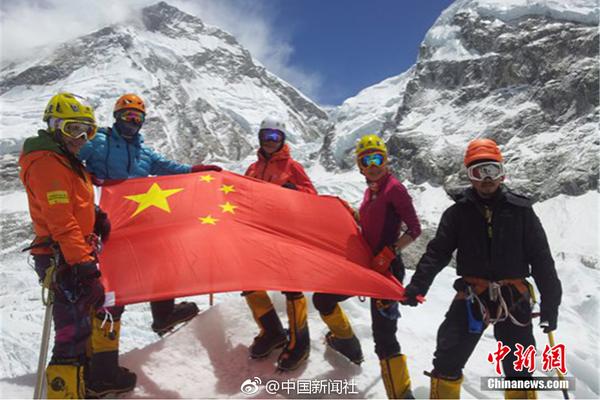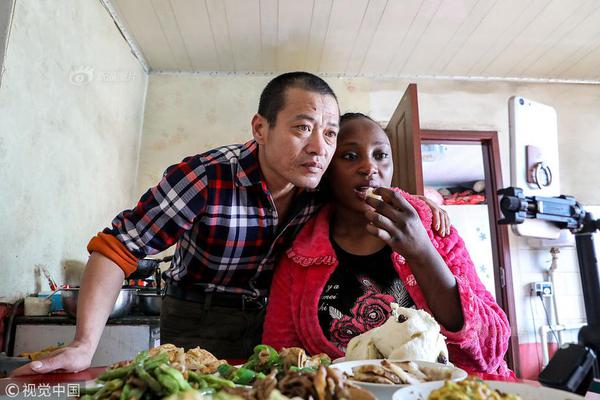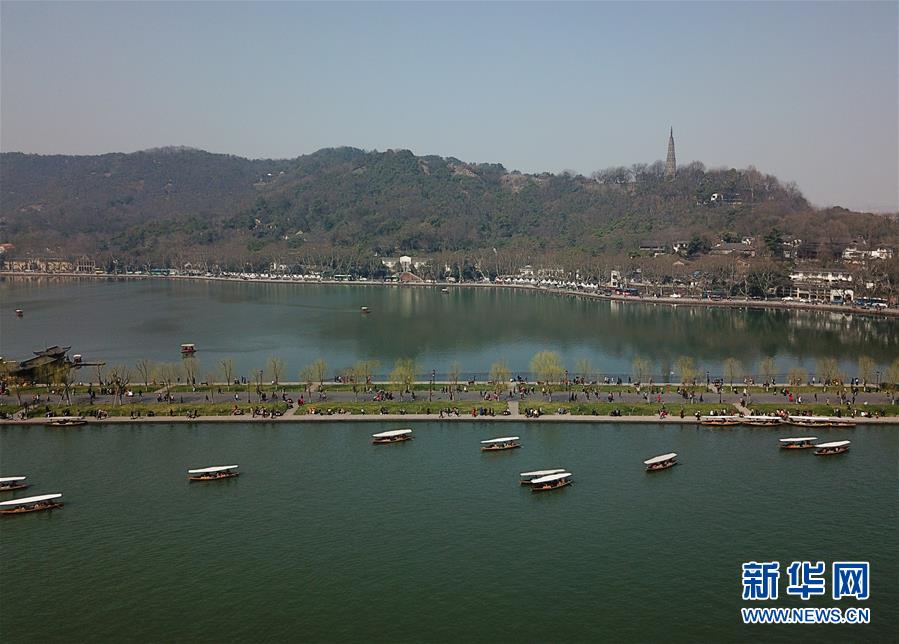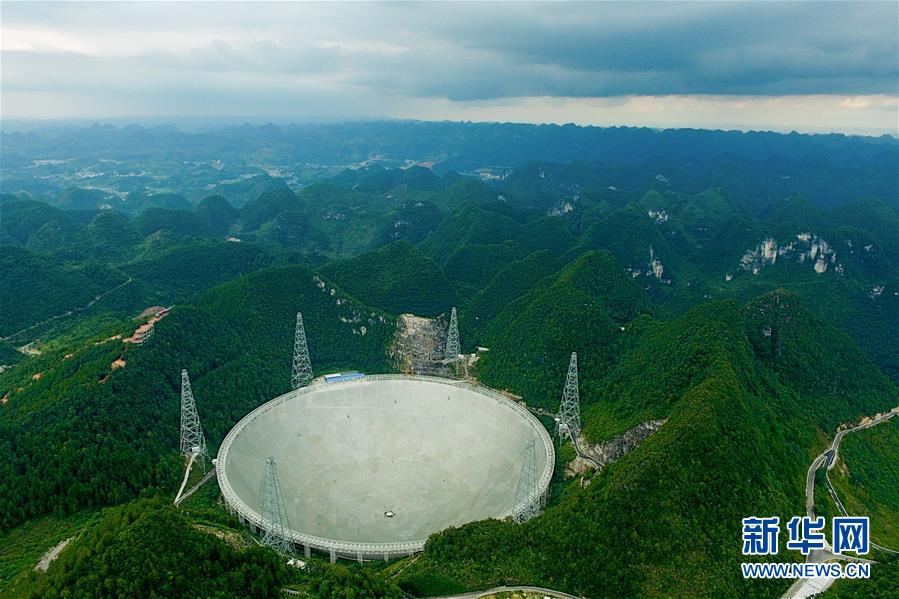
Beijing's construction activity comes despite ongoing border talks with Bhutan. High-res pic here
New Delhi:A fresh set of satellite images, less than a month old, indicate the staggering pace at which China continues to illegally carve into northeast Bhutan by constructing townships along a river valley in Beyul Khenpajong, a region with deep cultural significance.
Bhutan, a nation with a population of less than 8 lakh - just one-fourth that of India's National Capital Region - can do little, but to watch China continue to salami-slice into its northern, western and southwestern periphery, a pattern of illegal land grabs evident across the Himalayan frontier.
"This case represents China making a very recent, doubtful claim about an area that is of great cultural significance to a far less powerful neighbour, knowing that the neighbour has few if any options as to its response," says professor Robert Barnett, an expert on Tibetan history at the School of Oriental and African Studies (SOAS) at the University of London.

A satellite image from December 21, 2023 shows the construction of a township in Beyul Khenpajong, one of many. An earlier image, from November 9, 2020, shows construction had not begun. High-res pic here
Beijing's construction activity comes despite ongoing border talks with Bhutan, and the extent of the construction here and in the nearby Jakarlung region clearly indicates that Beijing may be too far down the road to contemplate any withdrawal from these areas.

China's land grab of Bhutanese territory spreads across the north, west and south of the country. High-res pic here
Responding to queries on China's construction activity in Beyul Khenpajong, Bhutan's Ambassador to India Major General Vetsop Namgyel (retired) said, "While it is our policy not to give comments to the media on the ongoing border talks, I would like to state that we will always uphold and safeguard Bhutan's territorial interests during the boundary negotiations."
Satellite imagery experts NDTV has spoken to describe images of the construction activity published here as "large format settlements capable of housing hundreds." NDTV has counted more than 200 single- and multi-storey structures, though it is believed the final number will be significantly larger since construction of three enclaves visible here is still not complete.
Earlier images from November 2020, published here as a point of reference, show that large-scale construction activity in the region had not begun then. Since November 2020, the Beyul Khenpajong has been entirely transformed, and valleys and hillsides carved into, in order to accommodate a significant road network linking the enclaves.

Multipurpose buildings constructed across the Beyul Khenpajong region can likely accommodate several hundred residents. China's continued construction activity comes despite ongoing talks between Beijing and Thimphu. High-res pic here
In a recent piece published by Chatham House, John Pollock and Damien Symon, a leading geo-intelligence researcher, explained the significance of the Beyul, or hidden valley. "The royal family traces its ancestral heritage to the mountainous region, yet the government has been powerless to stop Chinese settlement there."
China's occupation of parts of Bhutan also has profound security implications for India. In 2017, Indian and Chinese soldiers faced off in the high-altitude Doklam plateau, adjacent to Sikkim. Indian soldiers physically prevented Chinese soldiers from extending a road that they had constructed in the area, which is internationally recognised as Bhutanese territory.
Since then, Chinese workers have carved into Bhutanese territory to build three villages along the Amu Chu river valley, which lies to the east and directly adjacent to Doklam. New Delhi sees China's land grab in Bhutan to be a part of a process to extend its presence south in order to threaten the Siliguri corridor, the narrow strip of land that connects the northeast with the rest of India.
"Chinese construction activity violating Bhutanese territorial sovereignty could be aimed at undermining the Bhutan-India relationship and compelling Thimphu to accede to Chinese demands," says Dr Brahma Chellaney, India's foremost China-watcher.

Image showing three separate conclaves in the Beyul Khenpajong region connected with an extensive road network. Construction work has been going on for the past three years. High-res pic here
India's security concerns are, in fact, an added problem for Thimphu. "China has imposed a so-called package deal on Bhutan - it refuses to return Jakarlung and areas to its south and west unless Bhutan cede areas in western Bhutan to China, especially the Doklam plateau, which Bhutan cannot give up because of its treaty obligations, diplomatic ties and geostrategic priorities regarding India," says Dr Barnett.
Under extreme pressure from China, Bhutan is keen to end incursions into its territory once and for all. In October last year, Foreign Minister Tandi Dorji travelled to Beijing, a first for Bhutan. That same month, Prime Minister Lotay Tshering said he was hopeful of a proper border being demarcated between China and Bhutan. Thimphu hasn't made public statements on the progress of the talks, though it is believed that New Delhi has been kept in the loop on the newest developments.
India's biggest concern, though, may be the future of Bhutan's ties with China.
"Bhutan is slowly shifting in the strategic orbit of China and there is not much that India can do, except if a new security agreement is signed between New Delhi and Thimphu," leading Tibetologist Claude Arpi told NDTV last month.
PromotedListen to the latest songs, only on JioSaavn.com
There are no signs of any move in that direction.










